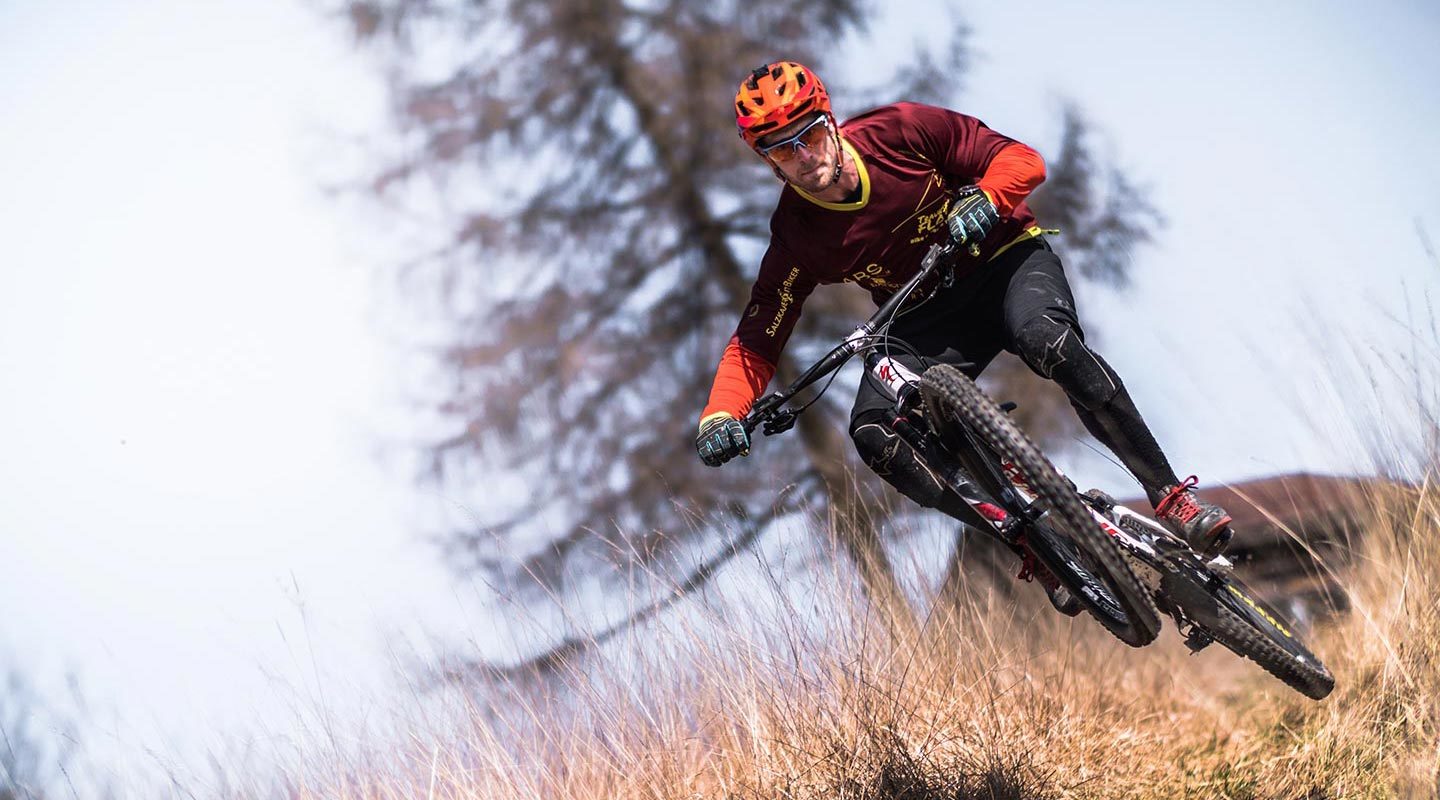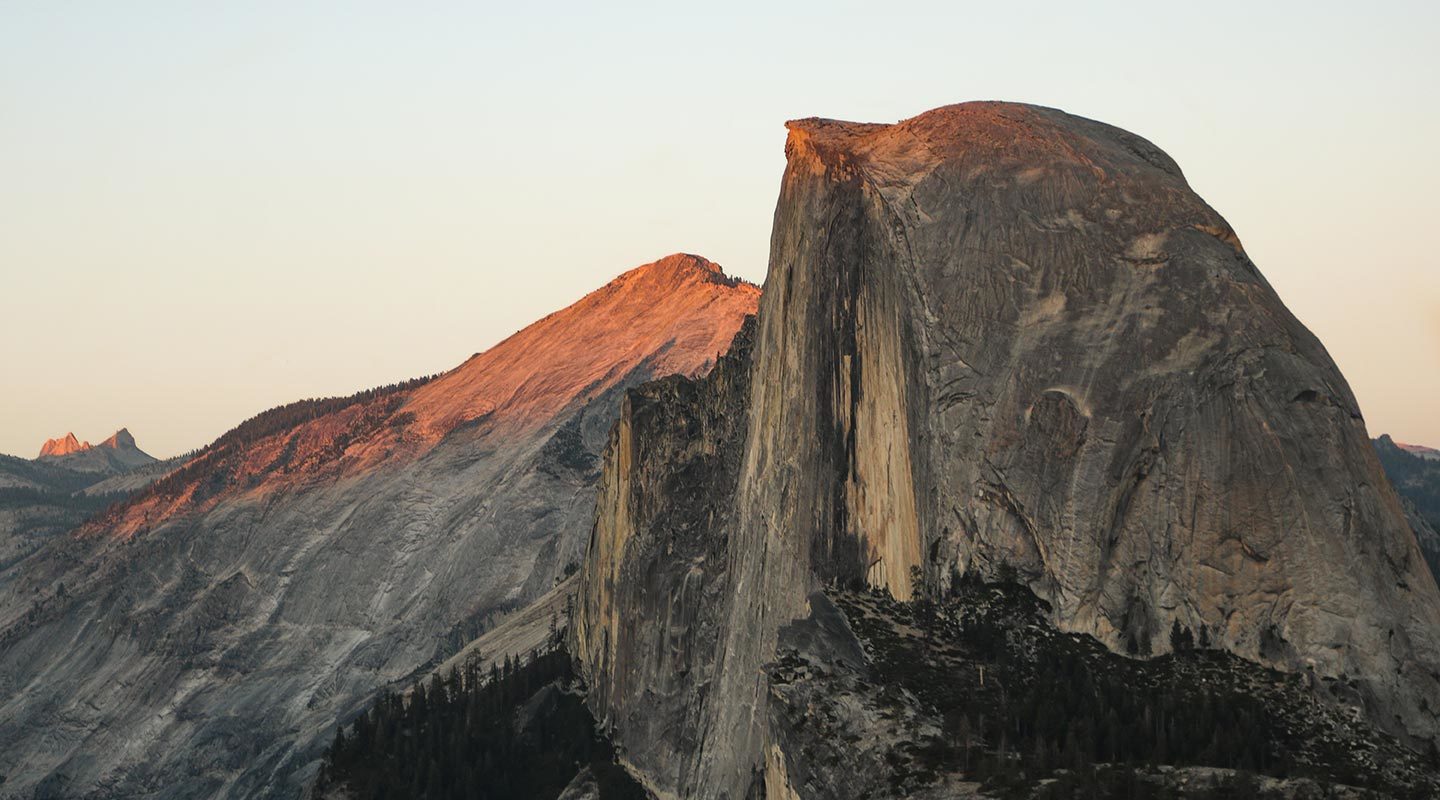“Flow is a hyper-focused state. We are so wrapped up in the task at hand that everything else falls away. Action and awareness merge. Time flies. Performance goes through the roof.” – Steven Kotler
Flow is a state of mind, a fluid state which absorbs the person in a task, morphing time and opening the door to excelled performance which pushes back on impossible.
Genetically, we’re hardwired to explore our limits, make sense of the world, and redefine standards. It’s athletes who embark on the endless hunt to find the best version of themselves. Ultimately, the unrelenting view of beating boundaries is what excels performance and puts them on a pedestal.
Steven Kotler is a proprietor of flow and has a whole army behind him – the flow research collective – working on the research and science behind the theory. Learn how to enter the nifty brain state and discover where our actual limits might lie.
THE BRAIN HACK
“It’s commonly construed that entering a fully-focused brain state like flow would mean using 100% of your brain, it’s actually the opposite,” says Rian Doris, COO at the Flow Research Collective. “An efficiency exchange occurs—energy is allocated to different parts of the brain when in flow, activity in some areas will decrease, creating an increased function in others.”
It’s like runners high, when you break through the wall and enter the next wave of energy. This is where athletes become less consciously aware of pain and fatigue, the body doesn’t give in to struggle.
Rian went on to explain the neurochemistry, “flow combines five of the most potent neurochemicals the brain can produce. Norepinephrine, Dopamine, Endorphins, Anandamide, Serotonin.”
Neurochemicals are a defining characteristic of flow and contribute to the performance-enhancing characteristics of the state. The chemicals listed above are some of the strongest mood-boosters and performance enhancers. They’re also highly addictive and produce the feel-good factor in flow that keeps us coming back for more.
The combination of these powerful chemicals working in sync speeds up muscle reaction times, increases physical strength and heightens the threshold to pain.
REFINED ATHLETES
As the mind becomes fully absorbed in the present the lines of reality start to blur, the turbulent monkey-brain quietens down and athletes enter a new realm of hyper-focus.
This is where the limits of impossible are lost, athletes can grasp a new reality.
Travis Pastrana (Nitro Circus) says “If you consistently use flow to do the impossible, you get confident in your ability to continue doing so. In fact you begin to expect it. That’s why we’re seeing so much progression in action sports today, it’s the natural result of a whole lot of people starting to expect the impossible.”
Meet the athletes who’ve successfully proved impossible wrong.
GET INTO FLOW
There are 22 flow triggers in total, the following three are powerful for athletes:
- High consequence/risk
Risk presents two options to the body, fight or flight. But to safely induce risk, it needs to be perceived as a challenge rather than danger. As Travis mentions above, although faced with risk, it’s a person’s confidence in themselves that drives them forward.
- Rich environment
When there’s unpredictability in the environment the mind becomes so focused on the complexity it enters flow. It’s the rich environment that encourages the brain to drop into flow as it tries to make sense of its surroundings.
Surfers are often in tune with flow as their minds are battling the precarious ocean.
- Deep embodiment
Right now your senses are all working away in the background, somewhat unnoticed. Now imagine they all suddenly fired up and you were able to actively process all the information they were feeding you. This is deep embodiment.
Extreme sports athletes who take up wingsuit flying are engaged in deep embodiment, every fibre in their body is alive with adrenaline, while all the mechanisms connect the dots in the body.
Despite adventure sports athletes finding it easier to tap into flow, given the nature of their lifestyle and plunging into the unknown. It’s not exclusively for athletes, Rian explains that “applying this idea in our daily life means breaking tasks into bite-size chunks and setting goals accordingly.”

DARK SIDE OF FLOW
As the saying goes ‘what goes up must come down’, and flow is no exception. It can end up being potentially dangerous particularly when it comes to extreme sports.
“You’ve lost the fear, you don’t think about the consequences of what your doing,” illustrates Doris.
Alex Hannold has truly conquered Yosemite. He’s the only person the scale the infamous El Capitan free hand, along with Half Dome, which he boxed off in less than 4 hours, swiping a staggering 1 hr 20 mins off the record.
As impressive as these feats are, it was a huge risk. Alex was so absorbed in a state of focus that fear of all falling hadn’t discouraged him from reaching the peak.
Conscious risk analysis was lost.

Like shades of grey, flow exists on a spectrum from micro to macro.
Doris says “Micro-flow is like falling into a trance while training, suddenly you find you can swim extra lengths or run longer than you could before.” You don’t tire as easily and you’re able to push further. Not a massive difference, but noticeable.
Macro-flow on the other hand, is entered when all of the core characteristics show up strongly and the experience opens a new dimension. Rian expresses “time might slow down or speed up dramatically.” And posing another risk of flow, time passes without due attention, leaving the individual in a trance and without ample food or water.
—
Taking inspiration from the godfather of flow – Mihály Csíkszentmihályi, Kotler and Doris have taken the learnings forward with the Flow Research Collective and are now successfully training hundreds of individuals and organizations in flow and peak-performance. Kotler and is also a successful New York Times bestselling author, speaker and journalist. He’s well regarded as one of the world’s leading experts on ultimate human performance.
Check out the Flow Research Collective to learn more about flow state and the impact on the mind, body and performance.
READ MORE:

